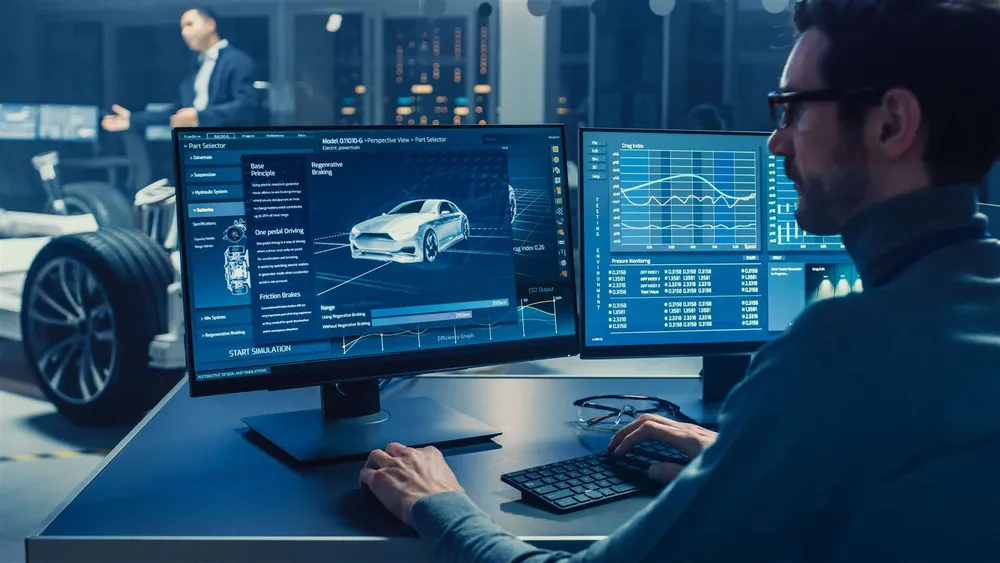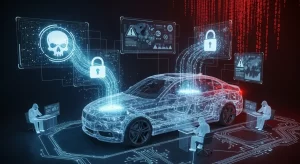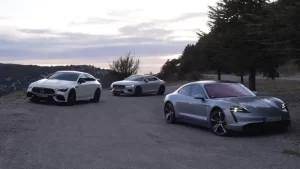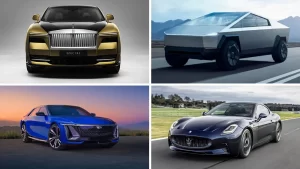The Road Ahead for Auto-Tech
The automotive industry has always been at the forefront of innovation. From Henry Ford’s assembly line to the rise of electric vehicles, cars have consistently mirrored society’s progress. In 2025, the pace of innovation is accelerating even faster. Groundbreaking auto-tech innovations are transforming not only how we drive but how we think about transportation itself.
Today’s advancements extend beyond speed and horsepower. Instead, the focus is on smarter, safer, and more sustainable mobility. Here, we break down five game-changing auto-tech innovations that are reshaping the driving experience in 2025 and beyond.
1. Artificial Intelligence in Driver Assistance
AI has rapidly gone from theory to practical application in cars. Advanced driver assistance systems (ADAS) now rely on artificial intelligence to analyze traffic, road conditions, and driver behavior in real time.
-
Smarter Cruise Control: Unlike traditional adaptive cruise control, AI-powered versions learn driver preferences and adjust acceleration smoothly.
-
Collision Prediction: AI sensors anticipate hazards seconds before a human can, reducing crash risks.
-
Driver Monitoring: Systems use facial recognition to detect drowsiness or distraction, alerting drivers before accidents occur.
These innovations don’t replace drivers entirely, but they significantly reduce human error, which accounts for more than 90% of road accidents.
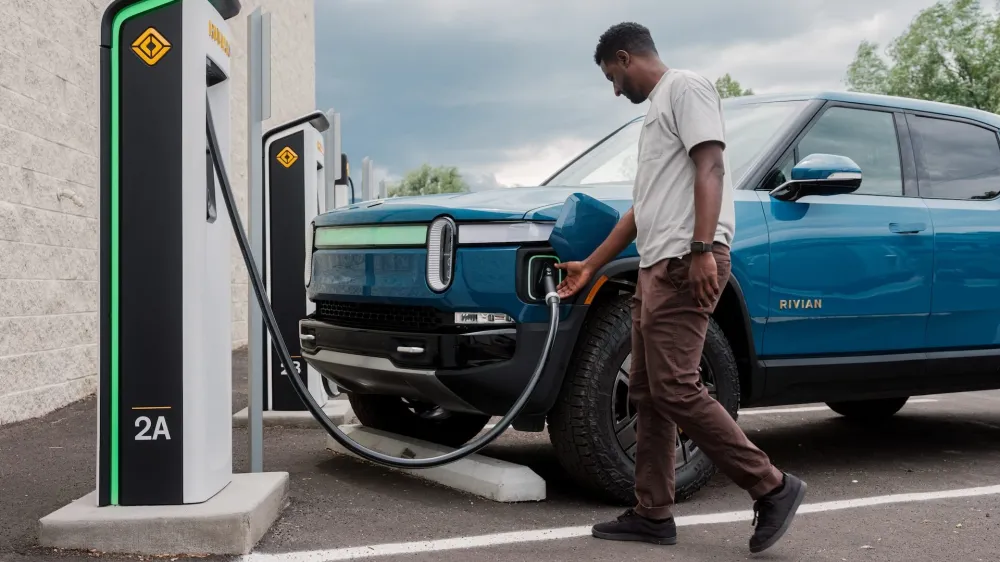
2. Next-Generation Electric Vehicle Batteries
While electric vehicles are no longer a novelty, the technology powering them is undergoing revolutionary change. Solid-state batteries are beginning to replace traditional lithium-ion cells.
-
Longer Range: Solid-state technology can nearly double EV range, alleviating “range anxiety.”
-
Faster Charging: Some prototypes promise charging to 80% in just 10 minutes.
-
Safety Improvements: Solid-state cells are less prone to overheating or catching fire.
Manufacturers like Toyota and QuantumScape are leading the charge, and as these batteries scale, EV ownership will become more practical and appealing for millions.
3. Vehicle-to-Everything (V2X) Communication
Imagine cars “talking” to one another and to surrounding infrastructure. V2X communication is making that possible. This technology allows vehicles to share data with traffic lights, road signs, and even pedestrians’ smartphones.
-
Real-Time Updates: Cars can warn each other of traffic jams, icy patches, or construction zones.
-
Smarter Traffic Flow: Integration with city infrastructure reduces congestion by rerouting vehicles dynamically.
-
Pedestrian Safety: Cars can detect people stepping off curbs even before the driver notices.
As more vehicles adopt V2X, urban mobility can become safer and more efficient, reducing both accidents and emissions.
4. Augmented Reality (AR) Dashboards
Traditional dashboards are being replaced by augmented reality displays that overlay digital information directly onto the windshield.
-
Navigation Overlays: Instead of glancing at a GPS screen, drivers see arrows projected onto the road itself.
-
Hazard Alerts: AR highlights obstacles, pedestrians, or vehicles hidden in blind spots.
-
Driver Customization: Information can be tailored — from minimalist displays to detailed analytics.
Companies like Mercedes-Benz and Audi are already integrating AR dashboards in luxury models, and this feature is expected to trickle down to mid-range vehicles within the decade.
5. Autonomous Driving Advancements
While fully driverless cars are still in development, 2025 marks a leap forward in autonomy. Tesla, Waymo, and legacy automakers have all made strides in Level 3 and Level 4 automation.
-
Urban Navigation: Autonomous systems are now better at handling complex city driving with pedestrians, cyclists, and unpredictable traffic.
-
Highway Autopilot: Long-distance drives are increasingly automated, reducing driver fatigue.
-
Shared Mobility: Autonomous ride-hailing fleets are expanding in select cities, signaling a future with fewer privately owned cars.
Although regulations still limit full adoption, the technology is evolving quickly and may redefine car ownership itself.
Challenges Facing Auto-Tech Innovations
While these innovations are exciting, challenges remain:
-
Cost Barriers: Cutting-edge features are often limited to premium models.
-
Regulation: Laws must evolve to govern autonomous and connected vehicles.
-
Data Privacy: AI and V2X raise concerns about how driver data is collected and used.
Balancing innovation with accessibility and ethics will determine how quickly these technologies reshape driving.
What It Means for Drivers
For everyday drivers, these innovations mean more than convenience. They represent a fundamental shift:
-
Driving becomes safer thanks to AI monitoring.
-
Trips are cleaner with improved EV tech.
-
Cities operate more smoothly with V2X communication.
-
The driving experience itself feels futuristic with AR integration.
Ultimately, cars are becoming less about getting from point A to B and more about merging lifestyle, technology, and sustainability into one seamless experience.
Conclusion: The Future Is Already Here
The auto-tech innovations of 2025 aren’t just futuristic concepts; they’re here and changing the way we drive right now. As technology matures and becomes mainstream, the line between car and computer will blur further.
For drivers, that means the future isn’t decades away — it’s already in the driver’s seat.

